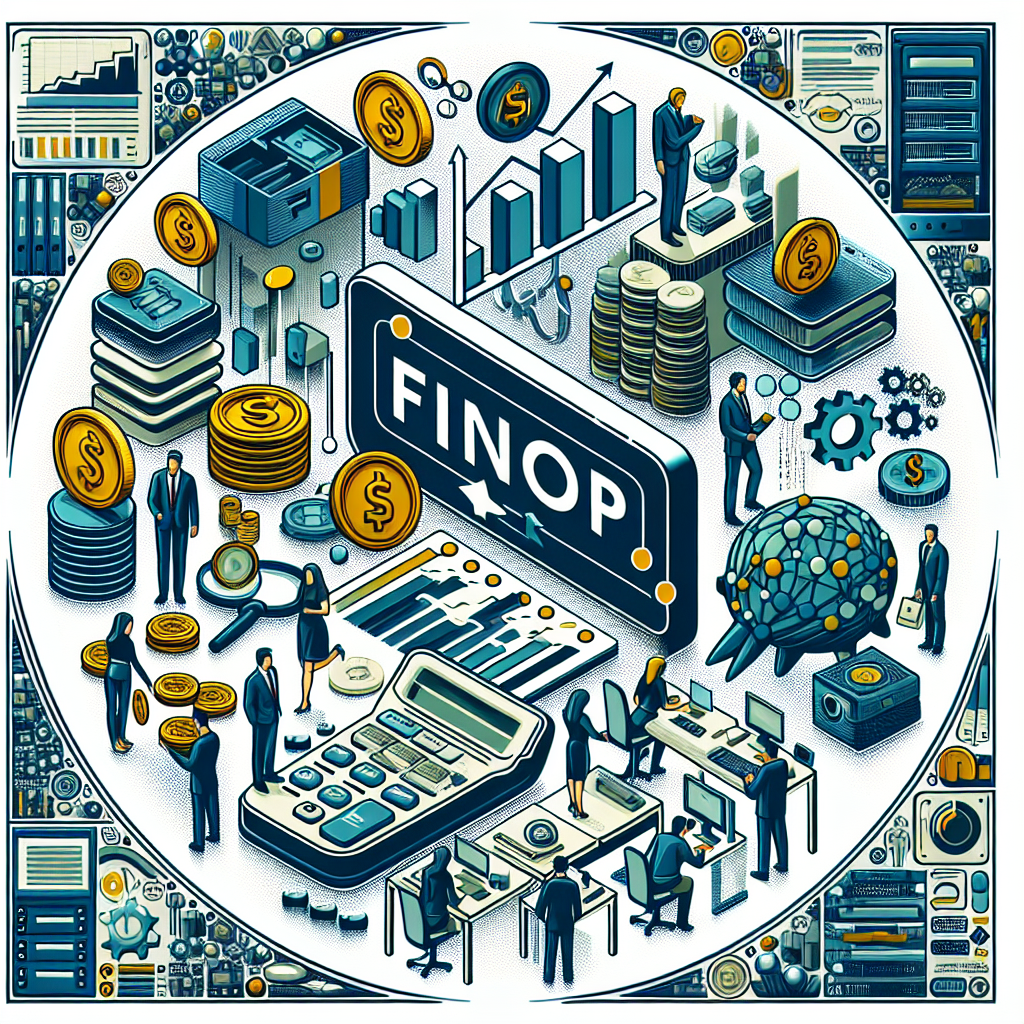
Embracing Change: The Groundbreaking Update in FinOps Hubs 12
In the ever-evolving world of financial operations and data management, staying ahead of the curve often requires a delicate dance between innovation and stability. Today, I’m thrilled to announce and delve into a significant leap forward in FinOps hubs — an update I am extremely excited about and one that promises to redefine how organizations manage schema versioning.
The Promise of Non-Breaking “Breaking” Changes
The core challenge many organizations grapple with in the realm of financial operations (FinOps) is the balancing act between integrating crucial, new data while maintaining system stability. Often, updates introduce breaking changes that can disrupt foundational reports and integration points. However, FinOps hubs 12 arrives with a game-changing approach: introducing these breaking changes in a non-breaking manner.
Why is this revolutionary? Because it grants unprecedented control and flexibility, allowing organizations to decide when and how to update, all while ensuring their existing reports and systems continue to operate seamlessly. This innovative strategy positions FinOps hubs at the forefront of the industry, adeptly circumventing the stagnation and bloat that plagues traditional versioning approaches.
Understanding Schema Versioning in FinOps Hubs
To fully appreciate this development, let’s take a step back and understand how schema versioning has evolved within FinOps hubs.
Initially introduced in version 0.7, a custom schema aligned with the Financial Operations Unified Schema (FOCUS) was deployed for all supported datasets. This transformation ensured that once data enters the FinOps hubs through platforms like Azure Data Explorer or Microsoft Fabric, it aligns with forward-looking datasets that cater to the future needs of FinOps.
Transitioning to v1_2: What You Need to Know
With the release of FinOps hubs 12, we’re not just talking about a simple update — this is the first release to fully embrace the non-breaking changes approach. Here’s how it works:
- Cost Querying Options: You now have three options when querying the system. For example:
Costs: A non-versioned function that now uses the v1_2 schema.Costs_v1_0: The original schema which remains unchanged.Costs_v1_2: The new schema aligning with FOCUS 1.2, introducing additional columns for enhanced analysis scenarios.
If you’ve adopted our guidance and utilized versioned functions like Costs_v1_0, you’ll find upgrading to FinOps hubs 12 seamless, with no impact on your reports or dashboards.
Harmonizing with Older FOCUS Exports
Microsoft Cost Management exports come in several versions, from 1.0-preview(v1) to the newly aligned 1.2-preview. FinOps hubs’ architecture ensures compatibility across these versions by transforming older datasets to the newest schema version upon export. This means that your historical data benefits from the latest enhancements without any data reprocessing, ensuring a smooth transition to FOCUS 1.2 when you’re ready.
Unpacking What’s New in Costs_v1_2
The Costs dataset, a critical component, has undergone substantial updates, now supporting the most recent FOCUS version. Key additions include:
- New columns such as CapacityReservationId, CommitmentDiscountQuantity, and ServiceSubcategory.
- Renaming of certain fields to align with FOCUS 1.2 requirements.
- Introduction of additional Microsoft Cost Management columns for granular data filtering and analysis.
Moreover, extended support for Alibaba and Tencent Cloud datasets completes the native cloud FOCUS dataset support, demonstrating FinOps hubs’ commitment to a comprehensive, multi-cloud compatible framework.
Looking Ahead: What’s Next?
This update signifies not just a step forward but a significant stride in how FinOps hubs operate. While some may see this as merely an alignment with FOCUS 1.2, others will recognize the monumental shift it represents in handling data ingestion — fulfilling the promise of non-breaking “breaking” changes.
I invite you to explore these updates further and consider the massive potential they unlock for your organization’s financial data operations. Whether you’re ready to make the leap to FOCUS 1.2, or prefer to stabilize on 1.0, FinOps hubs 12 ensures you have the power to choose — all while maintaining operational integrity.
Stay tuned for more insights, and should you have any questions or require tailored solutions, please feel free to reach out. Together, we can harness the strategic, secure value that FinOps hubs promise from day one.
Feel free to explore more in the FinOps hub data model and join our journey toward optimized financial operations management.